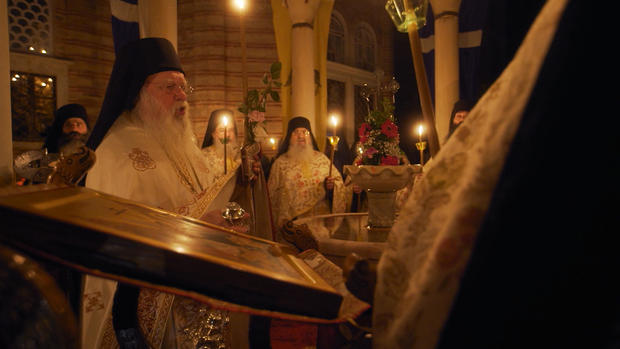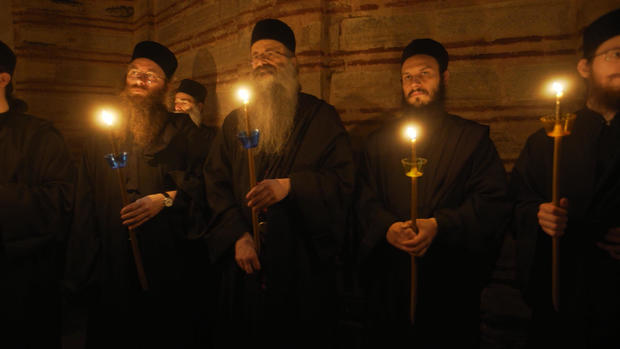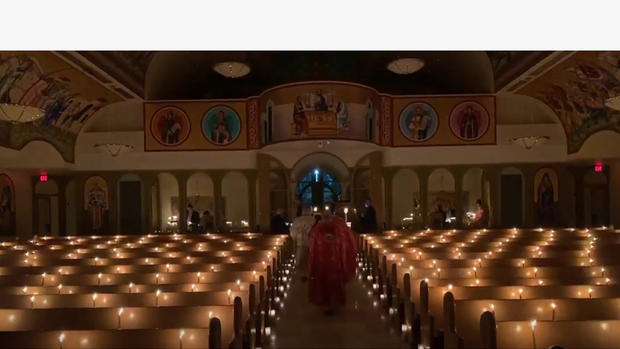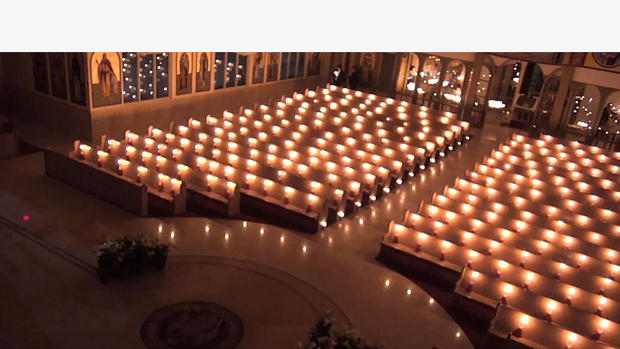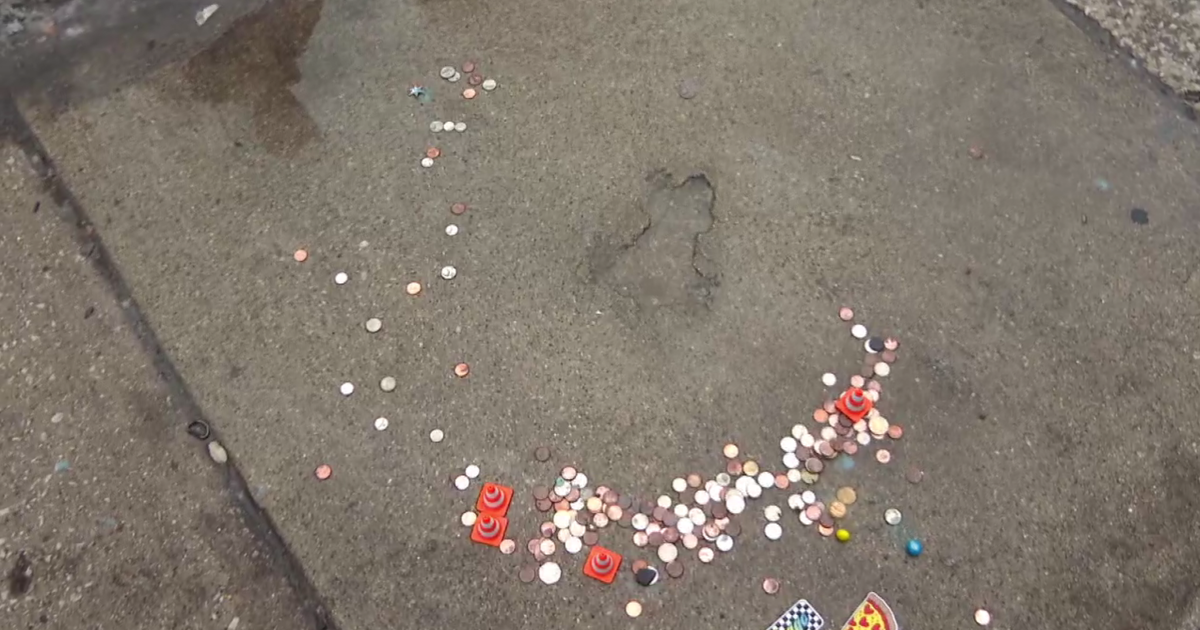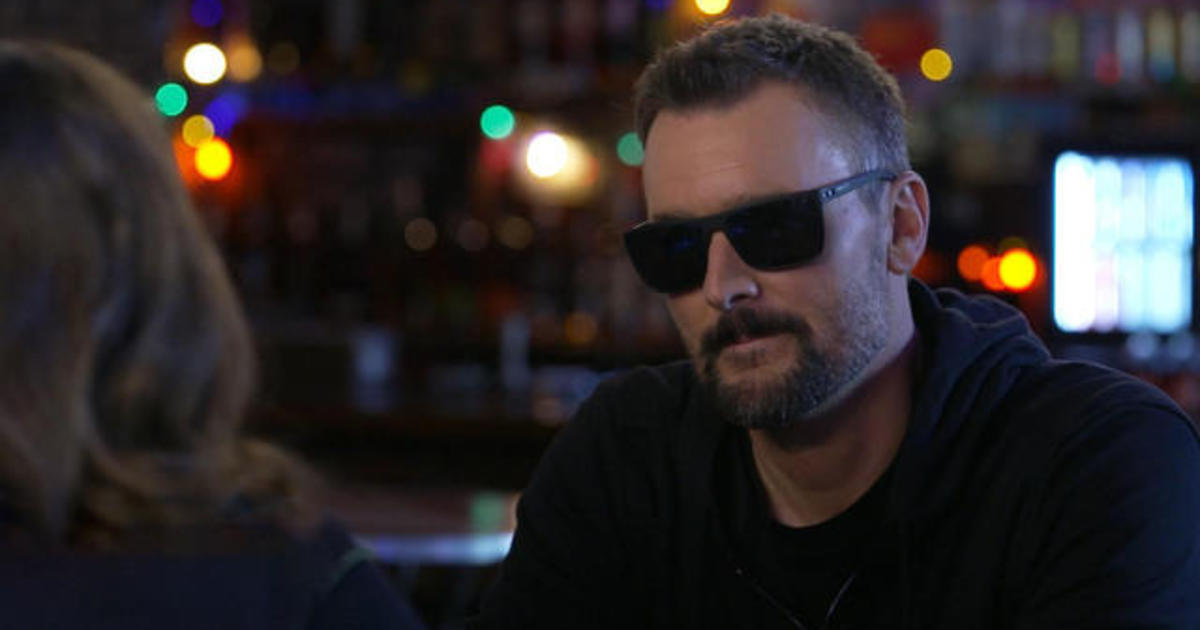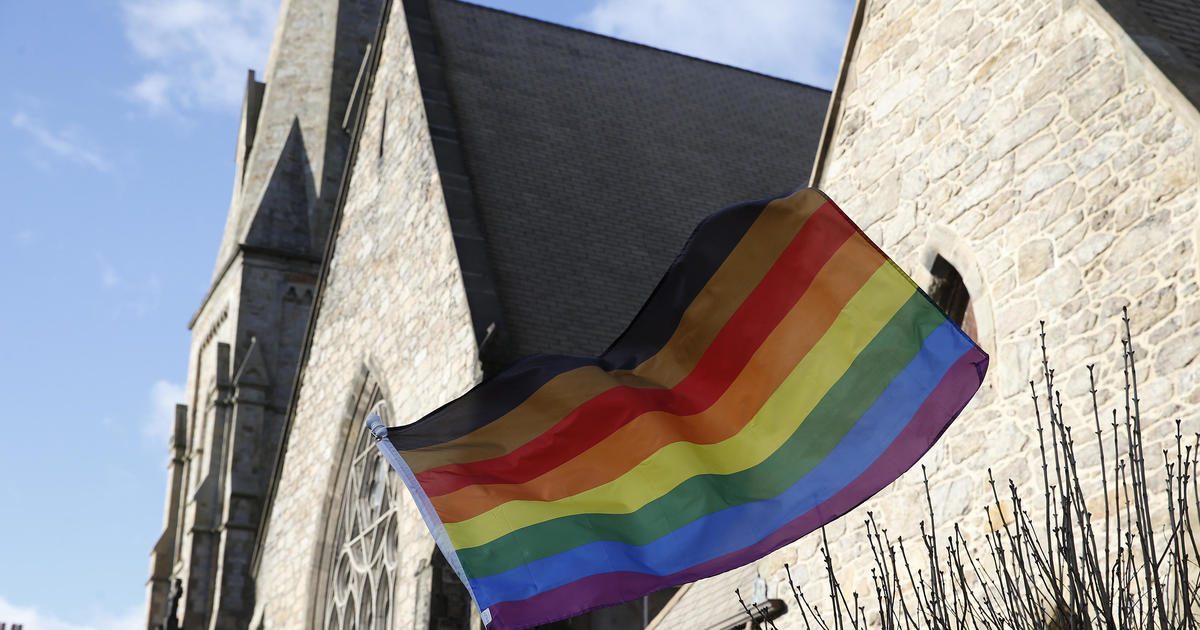Easter on Mt. Athos
Dina Zingaro is a 60 Minutes associate producer and co-producer of "The Resurrection of St. Nicholas."
The St. Nicholas Greek Orthodox Church in New York City is the focus of a 60 Minutes story on this week's broadcast. Produced by Ashley Velie and me, with correspondent Scott Pelley, it was, in some ways, a perfect Easter story. Destroyed on 9/11, St. Nicholas is being rebuilt after years of challenges and delays, just a block away from its original site in lower Manhattan.
As Scott Pelley says in our 60 Minutes story: "The project at Ground Zero is rising at last, thanks to those who never lost faith in the resurrection of St. Nicholas."
As a Greek Orthodox Christian myself, it was particularly significant for me to work on this story, especially this year, when social distancing and prohibitions on large gatherings due to the COVID-19 pandemic precluded the rituals of my own Holy Week, which began April 12, the day our story aired, with Easter on April 19.
It helped to set my thoughts 5,000 miles away to Mount Athos, a peninsula in Greece and home to 20 monasteries and the spiritual heart of the Orthodox Christian Church. 60 Minutes traveled to Mt. Athos for our story because monks there are painting the iconography for the walls of the new St. Nicholas church.
During the Holy Week of Easter in 2018, photographers Chris Albert and Thorsten Hoefle captured stunning footage of the services. This week on 60 Minutes Overtime, in a segment produced by my colleagues Brit McCandless Farmer and Will Croxton, we take you through some of those moments from the monks' observances of these holy days.
The chanting of sacred hymns, twirling chandeliers, tossing of rose petals, and a glowing procession of monks will, we hope, resonate with all who watch this, but let me offer some religious context for, and reflections on, what you'll be seeing in the 60 Minutes and Overtime segments.
According to tradition, the Virgin Mary discovered Mt. Athos after being shipwrecked, and was so enchanted by it that she asked that it be dedicated to her, which it was. Women, however, are not allowed on Mt. Athos, and so while I did not travel there for 60 Minutes, I nevertheless felt bound to the experience through the shared rituals I watched in the footage. Like the monks on Mt. Athos, in my church we too sing the same Lamentations on Good Friday and make the same sign of the cross with our candles on Holy Saturday.
Perhaps that sense of feeling "bound" through religious ritual is not surprising. After all, St. Augustine defined religion using the Latin root as "re-ligio," meaning "to bind back." It's a return to a source or a center and for Christians, to a reunion with God through Christ.
Religious ritual does that binding, and when we share those rituals with others, we are tied and connected to them. Particularly during Holy Week, in the Greek Orthodox tradition, there is a physicality in all the rituals – our own bodies bearing witness to Christ's suffering, and then his ultimate triumph.
But this Easter, due to COVID-19 restrictions, our connections and rituals were altered. There was no kneeling before Christ's symbolic tomb, no sprinkling of rose petals, and no in-person midnight candlelit services celebrating Christ's resurrection.
So many of those Greek Orthodox Holy Week rituals were out of our reach this year. For Palm Sunday, we create handmade crosses out of long palm stalks. On Holy Wednesday, the priest uses holy oil to draw delicate crosses on our faces and hands. On Holy Thursday, the day commemorating the crucifixion, we dye eggs red symbolizing the blood of Christ, leaving red stains on our fingertips. On Holy Friday, the day of his crucifixion and burial, we decorate a large wooden bier with flowers called an epitaphion, representing Christ's tomb. Together, we walk at night in a candlelit procession around the outside of the church following behind the raised epitaphion, carried by parishioners. Before reentering the church, each of us walks underneath the raised tomb of Christ, to receive a blessing.
What I missed most perhaps is Holy Saturday, when the mood shifts from mourning to joyful anticipation of the resurrection. In the afternoon service, we feel the droplets of rosewater sprinkled pew by pew by the priest. We joyously knock on the wooden pews and ring bells as the priest throws rose petals and laurel leaves, symbolizing victory over death.
Just before midnight in a dark church, the priest emerges with a single lit candle, singing "Come receive the Light." The church begins to glow as the flame is shared amongst parishioners passing the "light of the resurrection" to each other's candles in an act of nurturing proximity. We sing the traditional hymn "Christos Anesti" (meaning: Christ is Risen), making the sign of the cross in the air with our candles.
We rush home in our cars, carrying our lit candles to bless our houses and apartments. Sitting in that candlelight, we break the fast with the traditional magiritsa (lamb soup) and crack the red eggs (symbolizing the gates of hell opening) in a competitive game with bragging rights for whomever' s egg remains uncracked.
This year, sequestered in my small apartment in a hard-hit New York City – at the time, the epicenter of the novel coronavirus pandemic – I wondered what Holy Week would be like without most of these shared and sacred rituals.
Though I did not gather in-person with my family this Easter, we did still use ritual – aided by Zoom and FaceTime – to bind to each other. Together, in a collage of screens, we watched the streaming Holy Saturday service and held lit household candles. Inside the physical church providing the livestream, where a priest led the services alone, individually lit candles glowed in the pews to represent the parishioners who would typically be sitting there. On Greek Easter, family members across twenty screens greeted each other over Zoom in a call and response: "Christos Anesti" (Christ is Risen) and in reply, "Alithos Anesti" (Truly he is Risen), and sang the traditional hymn in unison.
It's an exchange affirming a shared believed truth, and it can be done from anywhere with those also committed to holding fast to ritual – in a Mt. Athos monastery, or from a New York City apartment.
Imagining what this Easter was going to be like, I thought back to the monks on Mt. Athos, who uphold the ancient call to prayer using a talando, a wooden plank hit with a mallet, which symbolizes Noah calling the animals to the ark.
Perhaps, in this difficult time with most of us still largely sheltered in place, we are being called back to something. Monks retreat to their monastic cells, an individual experience, to give back outwardly to the world. We, in some ways, are also being called to act monastically, to retreat from the world in order to give back to it with compassion.
The video above was originally published on April 12, 2020 and produced by Will Croxton and Brit McCandless Farmer. It was edited by Will Croxton.


